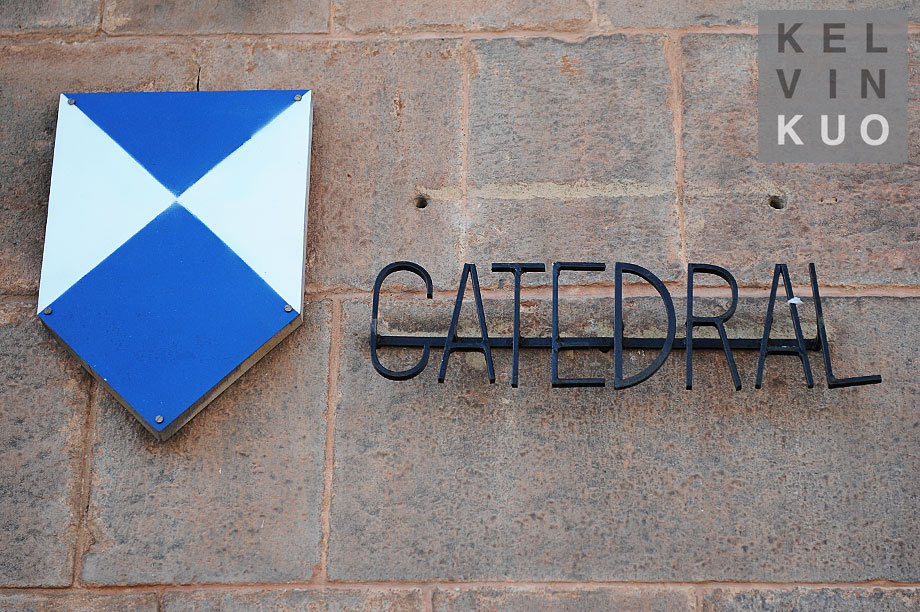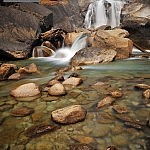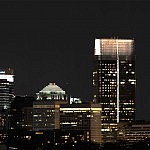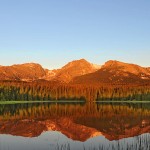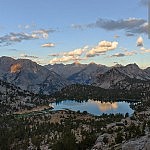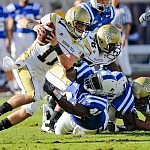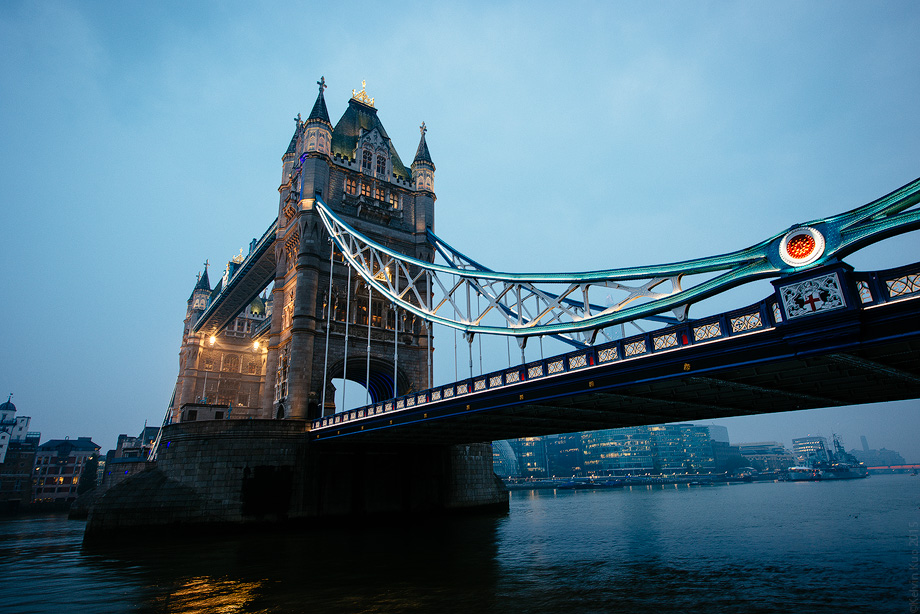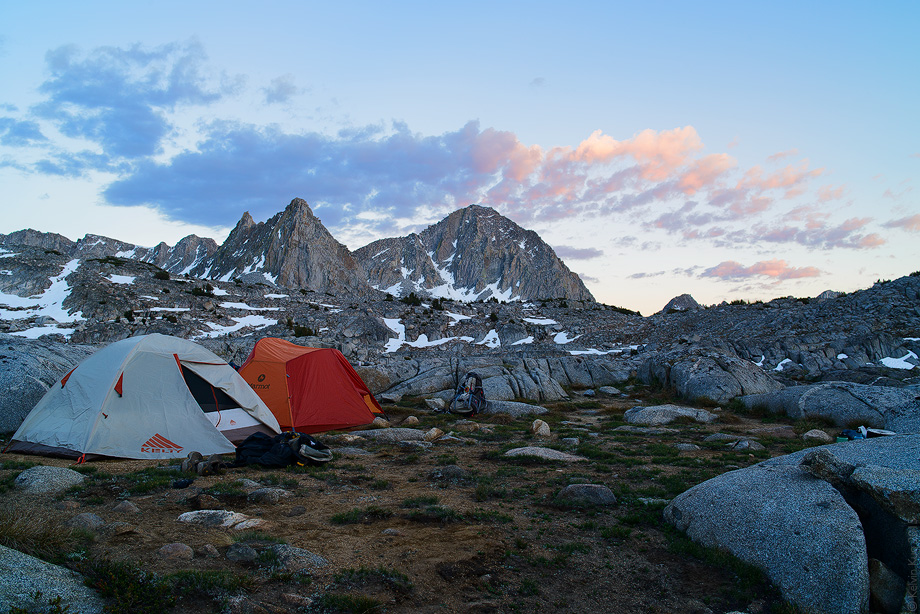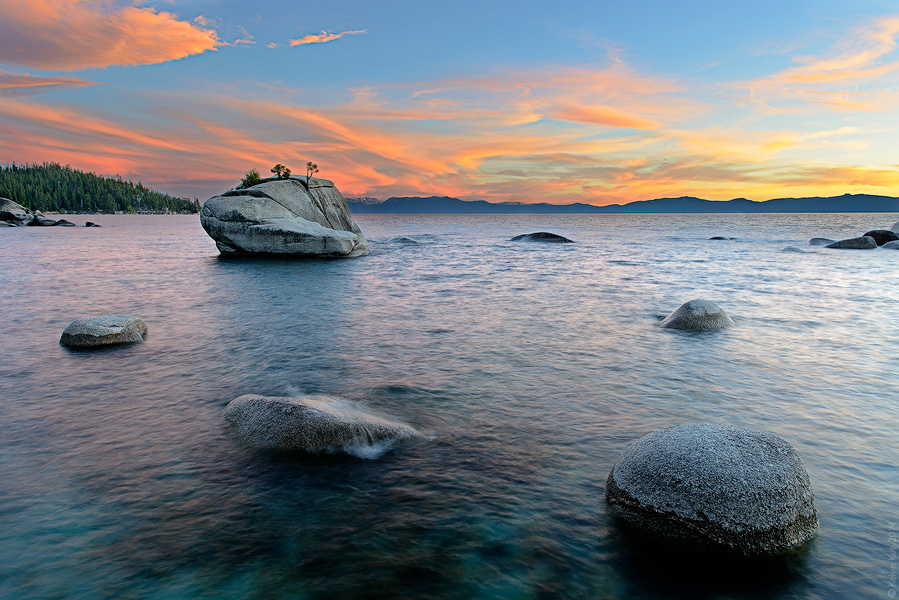After our Amazonian adventure, we were off to venture into the Inca capital of Cusco as well as the Sacred Valley, or Urubamba Valley. Our first stop upon arrival into Cusco wasn’t the city itself, but Chinchero to visit some locals. They were know for their weaving of alpaca wool as well as sheep’s, but we were their to witness the whole process, from spinning to dying to weaving. So first we saw how they used natural ingredients as a detergent to clean the wool.

Later on, we saw the natural ingredients involved in staining the wool, which was quite fascinating.
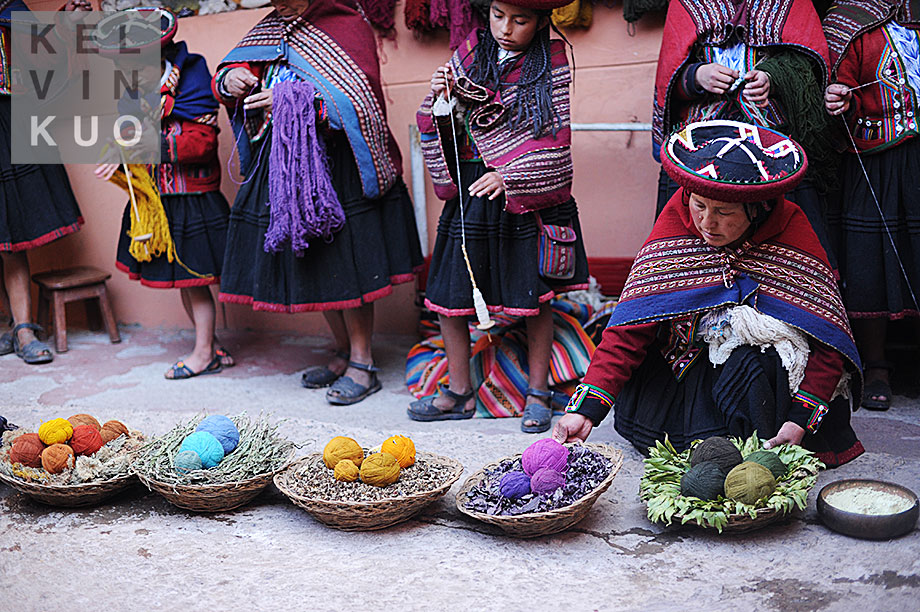
Also the spinning process, as demonstrated by one of the youngest of the group.
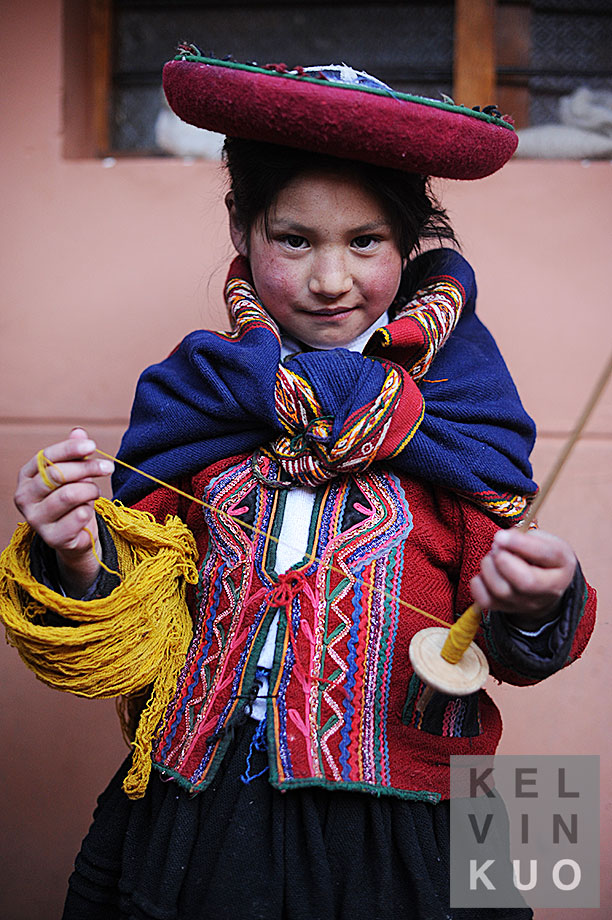
The actual yarn was being set to weave with this contraption.
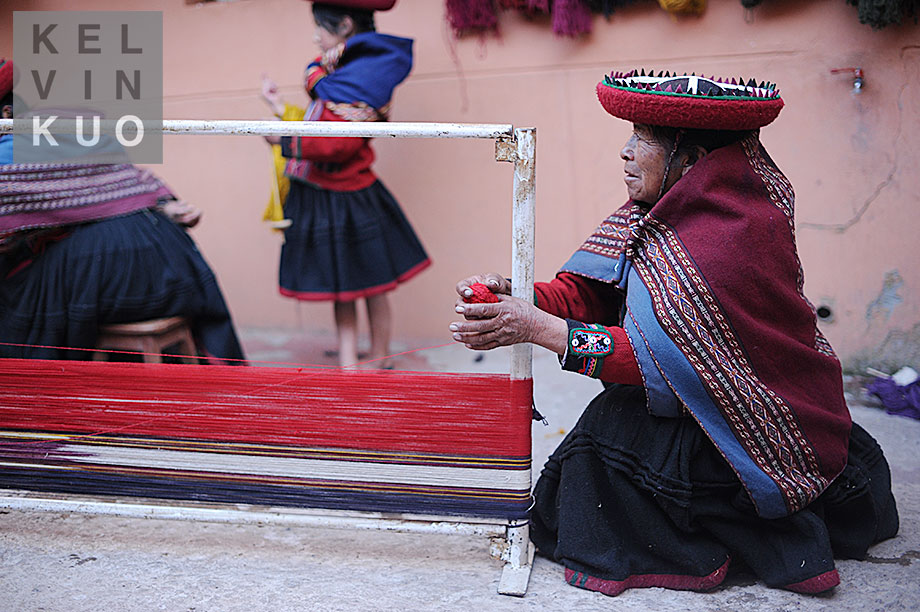
Afterward, we were able to purchase items ranging from table clothes to camera straps, which I got!
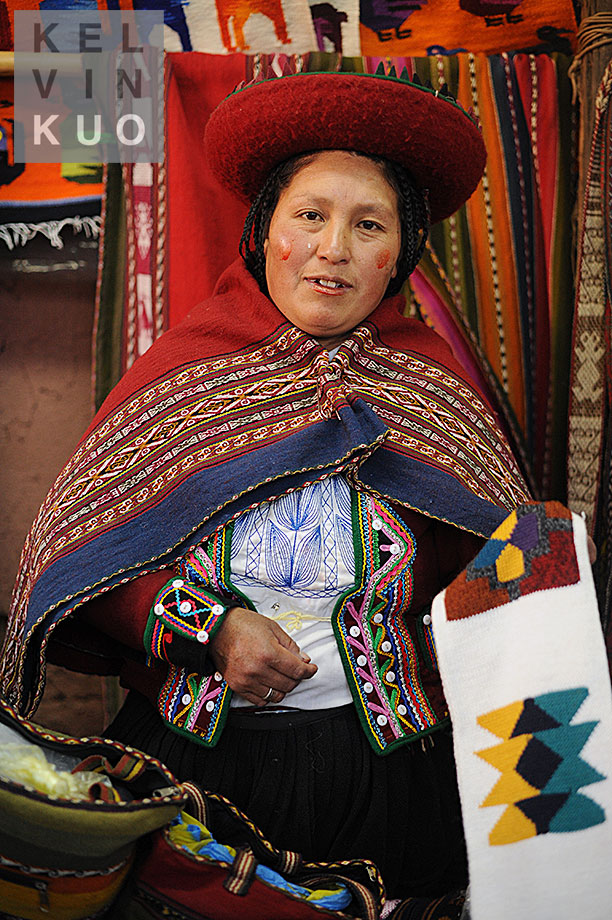
I was surprised to be able to see the Milky Way, since I’ve never seen it before, within Urubamba. We were lucky to be staying in such a secluded and beautiful area.
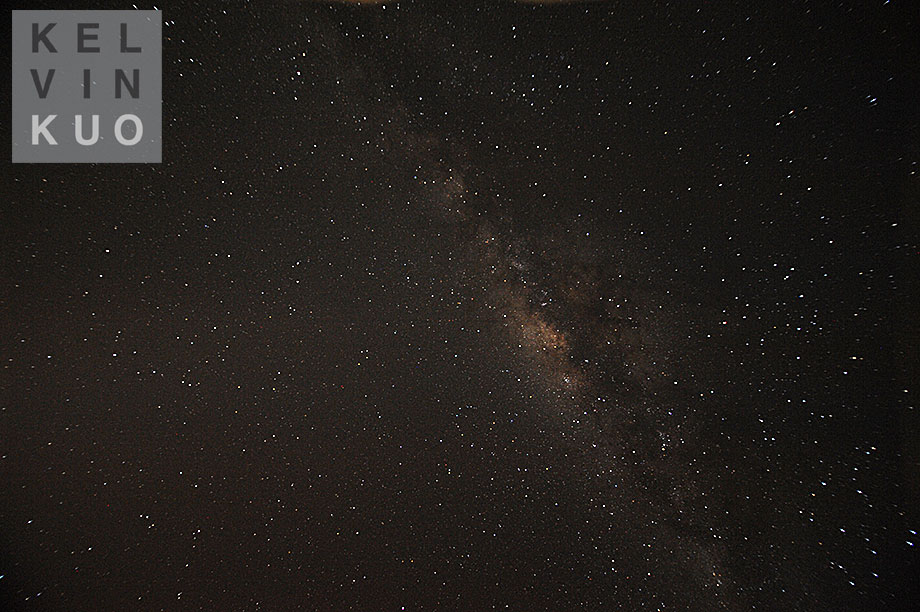
The next morning I woke up to take some shots around our hotel we stayed at. Quite a fancy door.

The rooms, and koi pond.
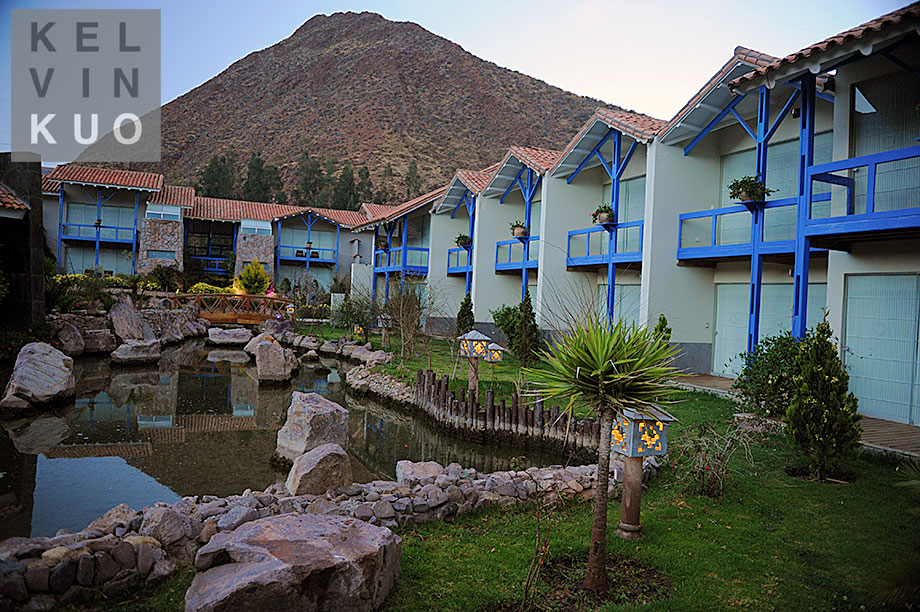
There were also Macaws on the premises.
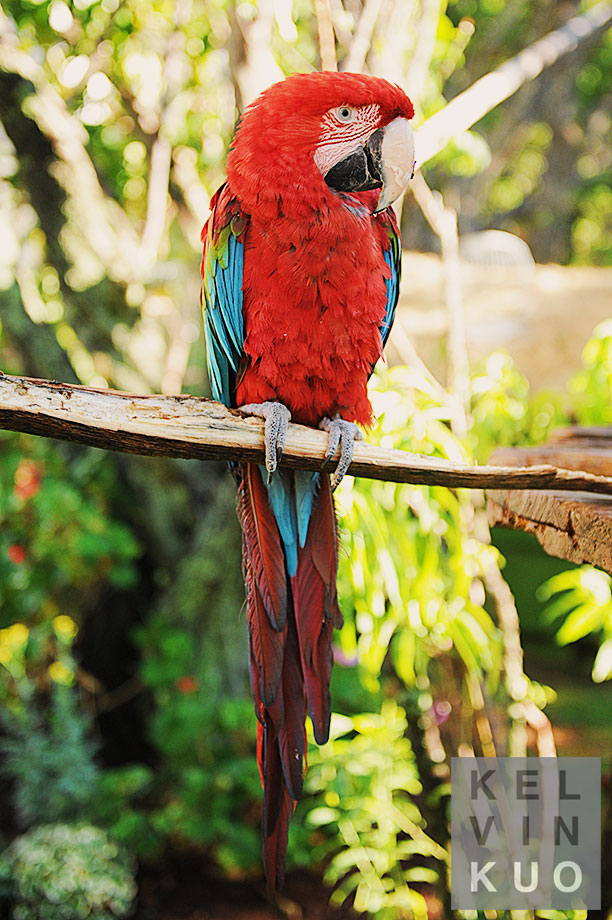
Alpaca as well; wished they were babies though.
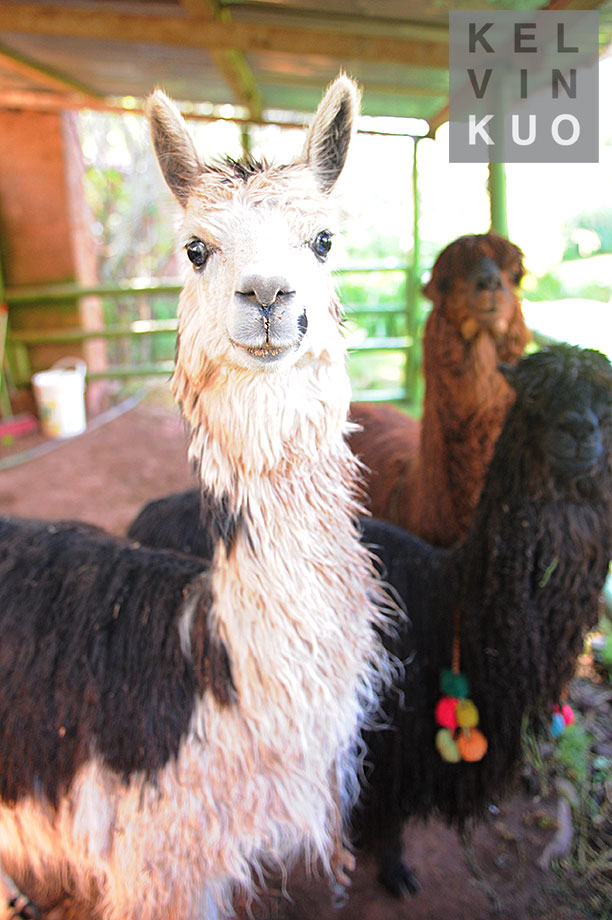
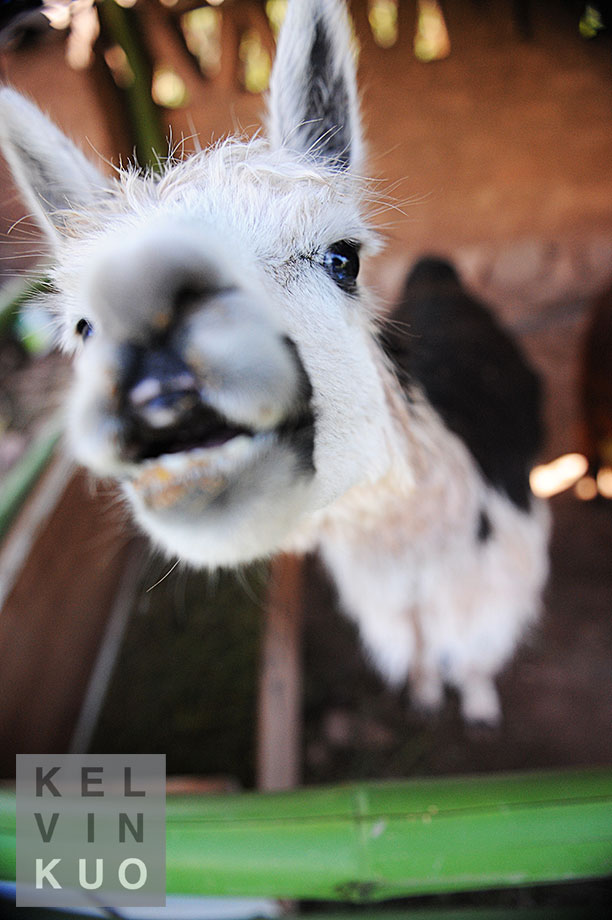
A stained glass picture within the lobby of our hotel, probably a picture of Machu Picchu.

Later that day we visited a house that I do not know the exact reason for. But from my understanding it was to show us a typical “Inca” household. There were many cool decorations that were around, this pot being on the outside.
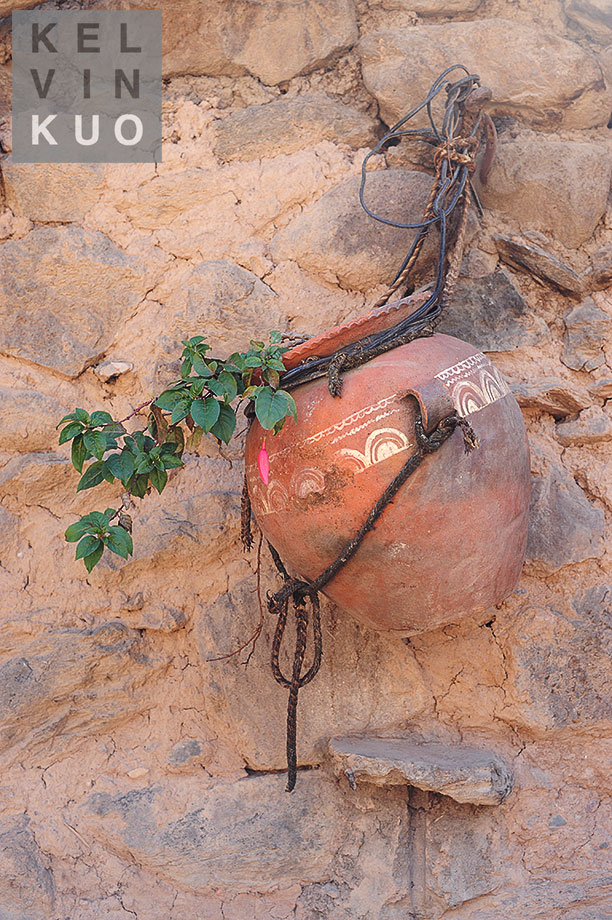
And Guinea Pigs being bred for food. This is a delicacy in the Sacred Valley as well as Cusco. It was interesting to see how they view a US domestic pet as food. I wish I could have tried it out, but I don’t think any of the other guests were as curious as me.
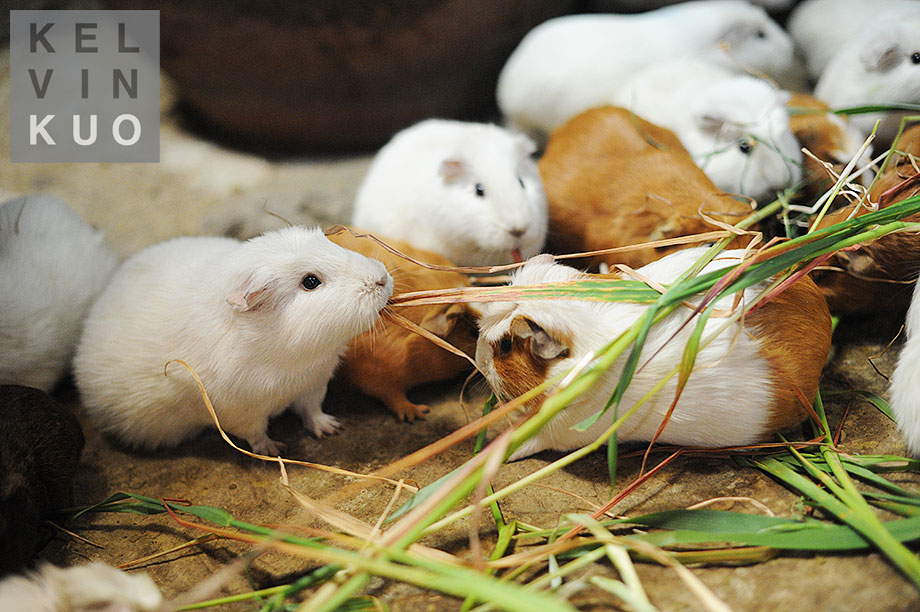
Naturally aborted alpaca, goat, and another fetal animal representing fertility of both the people and the land.
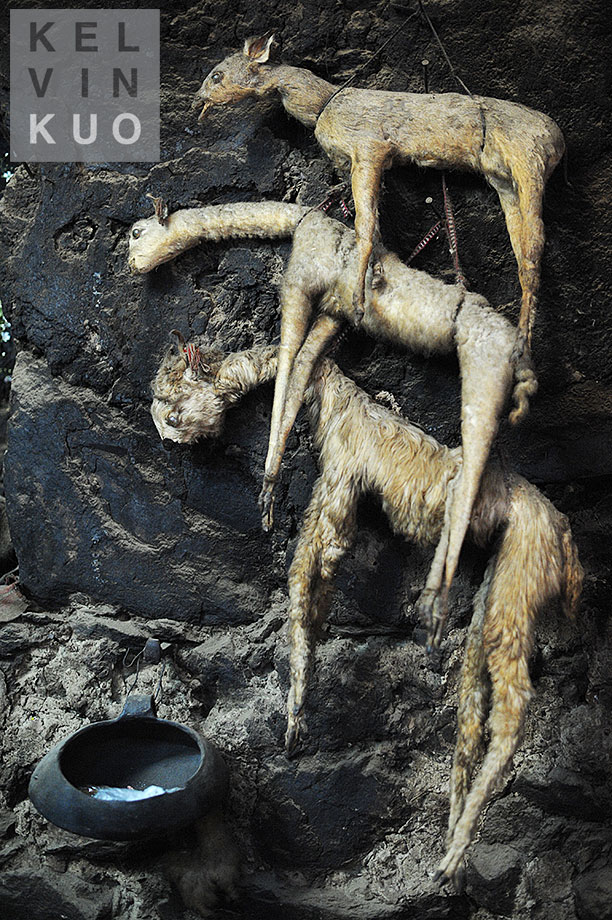
A doll that smokes, which acts as a wishing doll. They place onto the doll the possessions that they wish for, such as money and food.
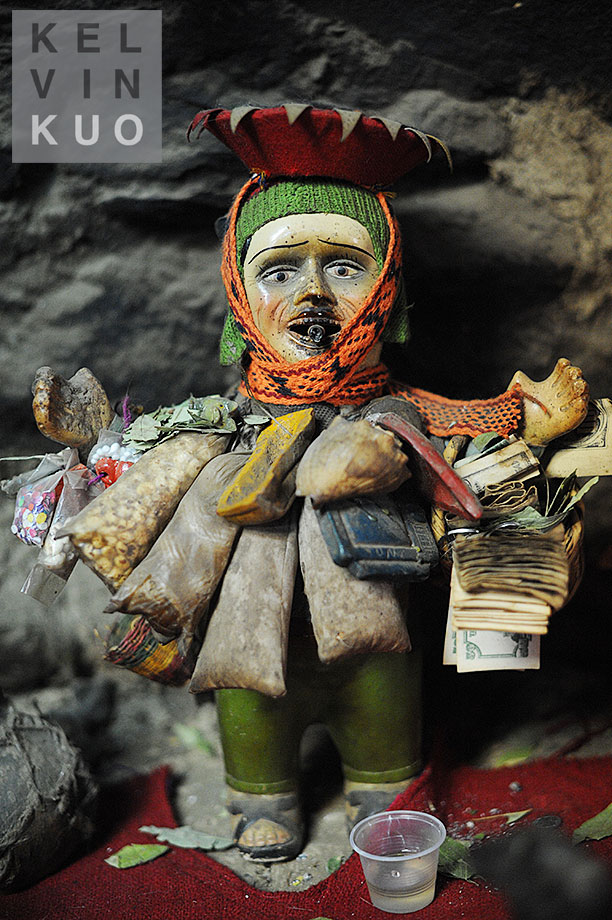
Ollantaytambo from the afar. Which was the royal estate for Emperor Pachacuti who conquered the region, built the town and a ceremonial center. It stood as a defensive area during the Spanish Conquest due to its strategic location.

A few days later, after Machu Picchu, we were able to visit the terraces of Ollantaytambo.

A view of the town from above.
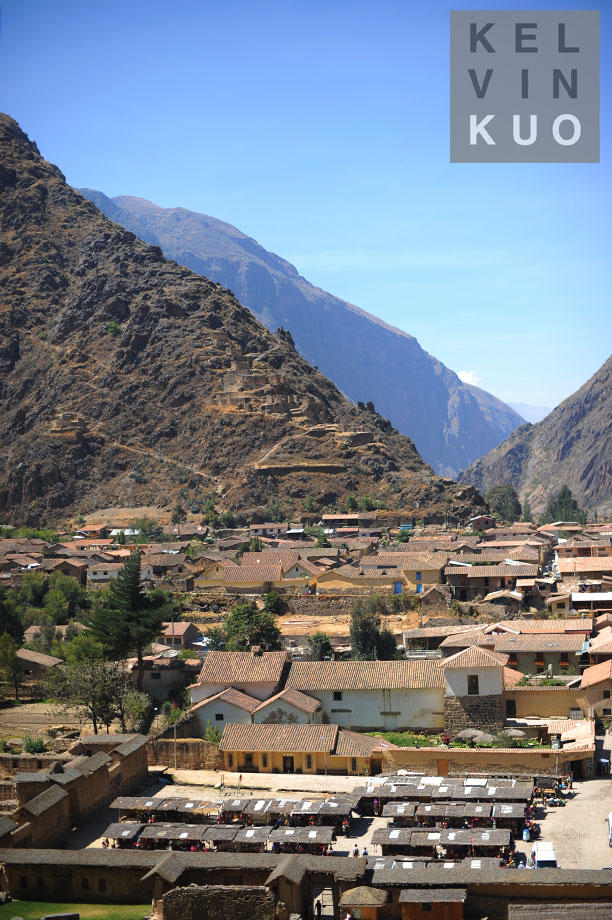

And a few of the terraces, which were used to prevent erosion as well as act as ground for agriculture.
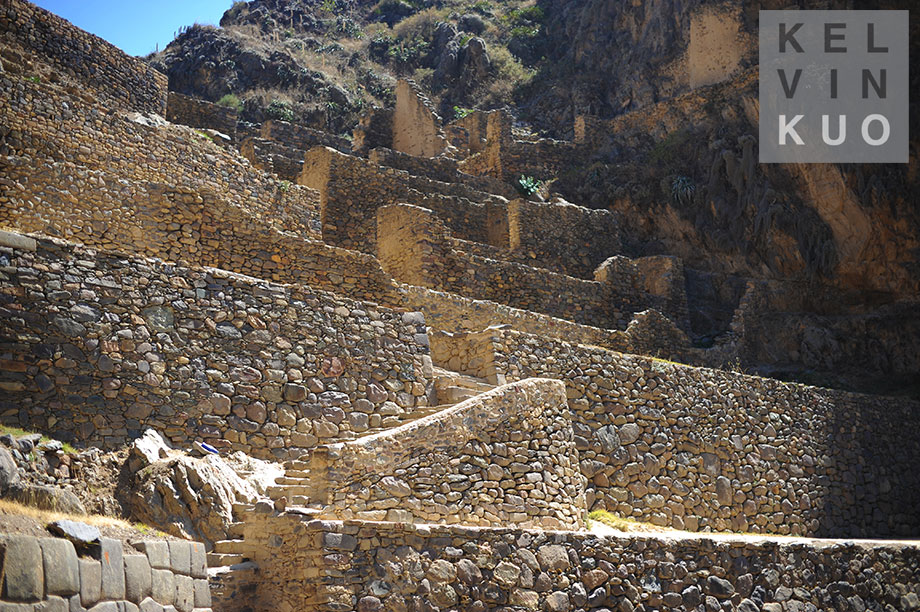
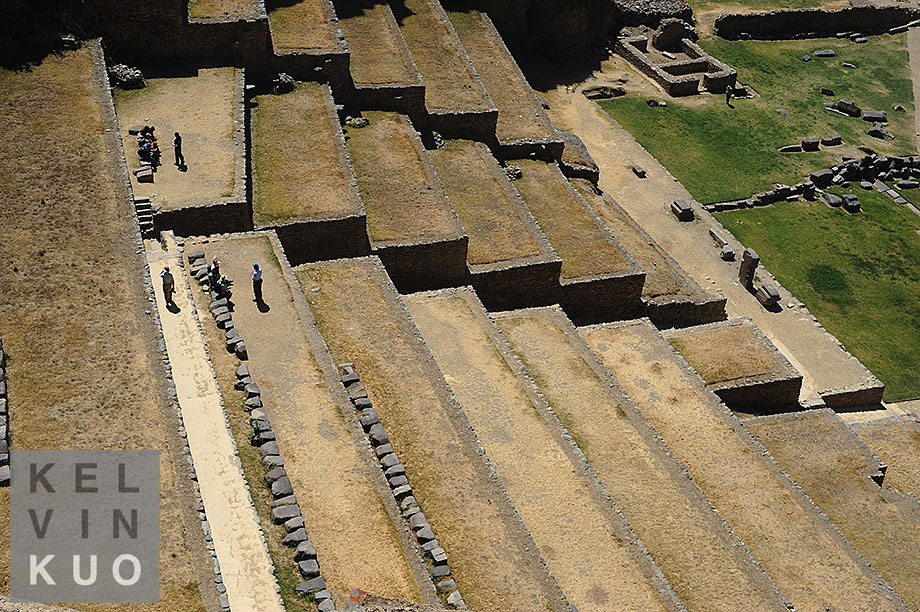
Melody posing under the sacred archways. The quality of work on these sacred spots is amazing. The detail and precision of cuts and placement of rocks is befuddling for an early civilization.
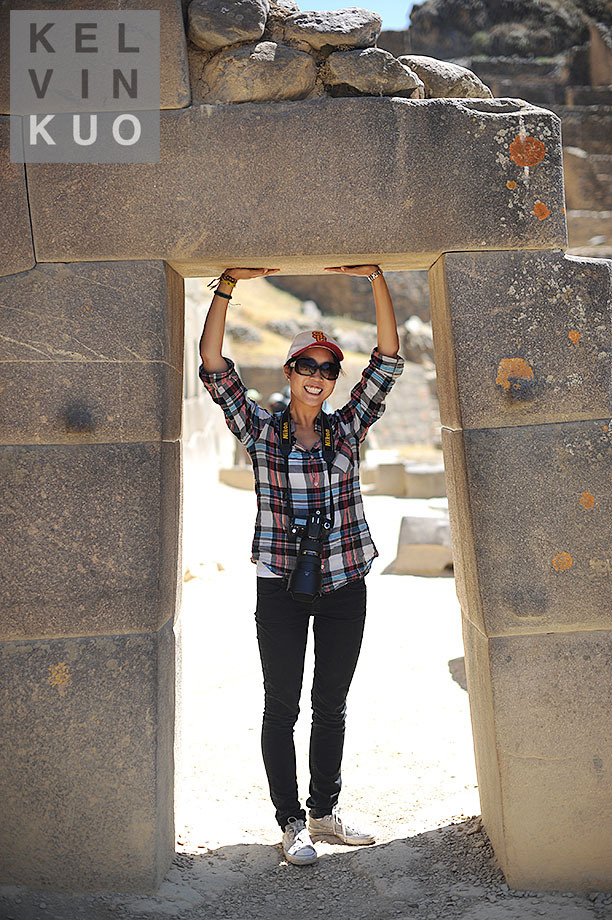
Our tour guide to the top, Percy, told us of these rock structures that were made. They were placed in different area’s you have traveled to for good luck. Here is mine.
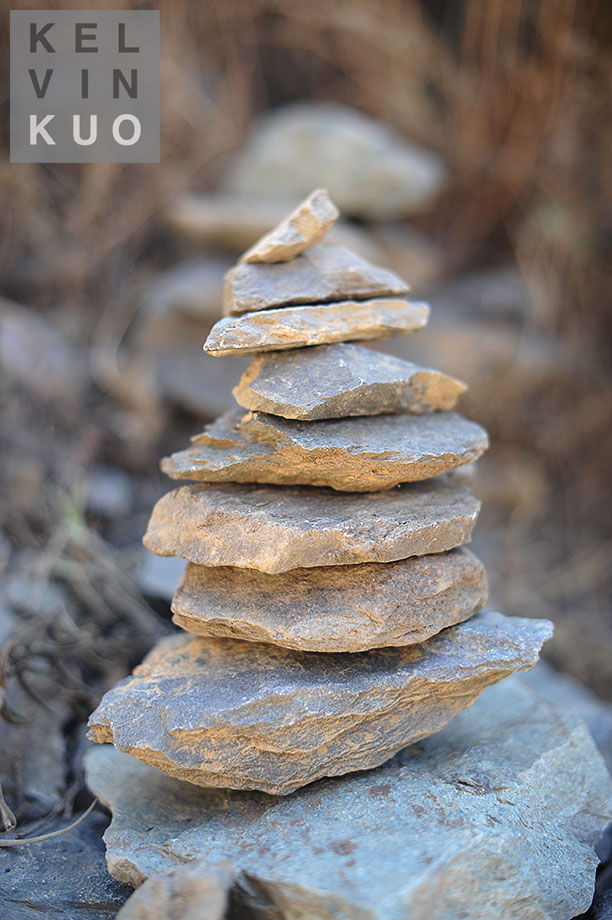
Later that day, we saw a performance of damsel and horse.

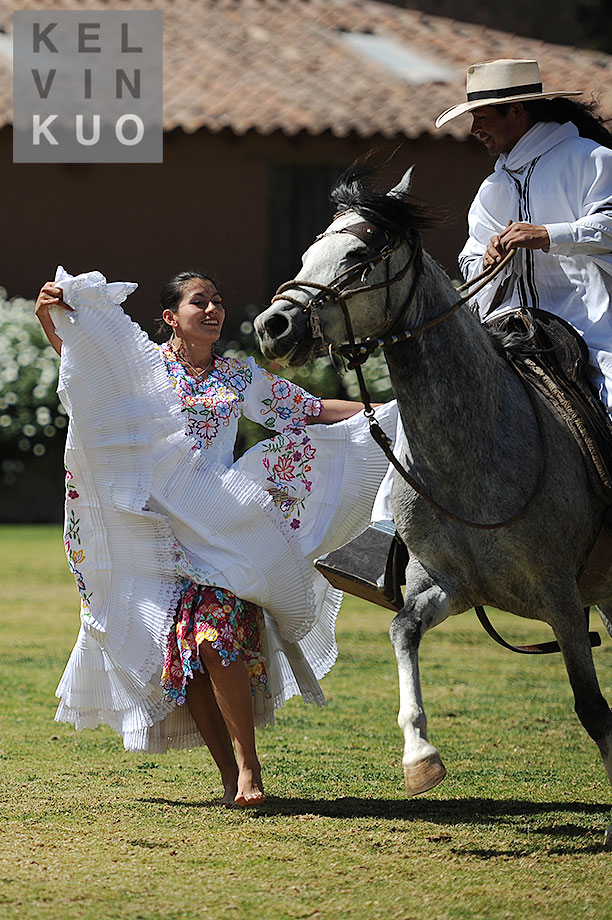
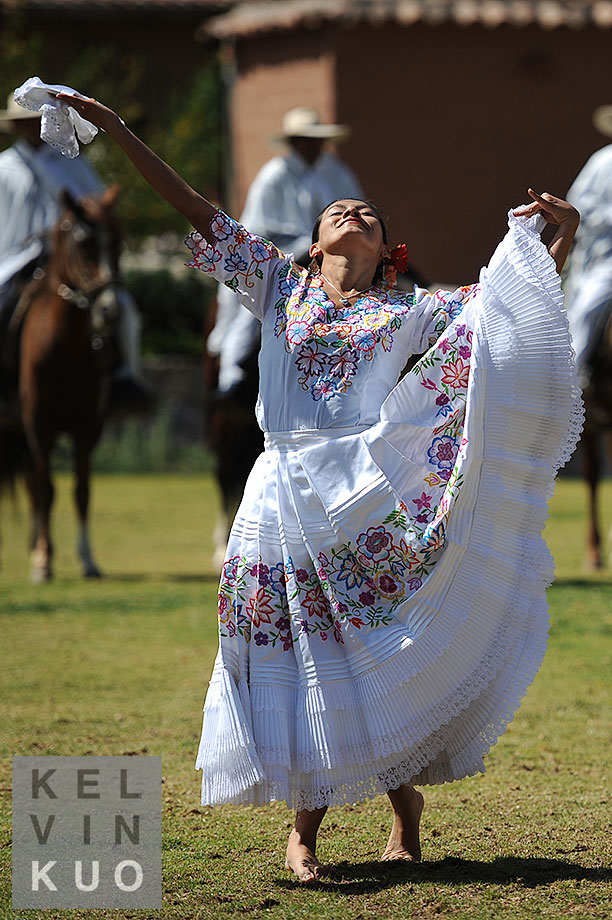
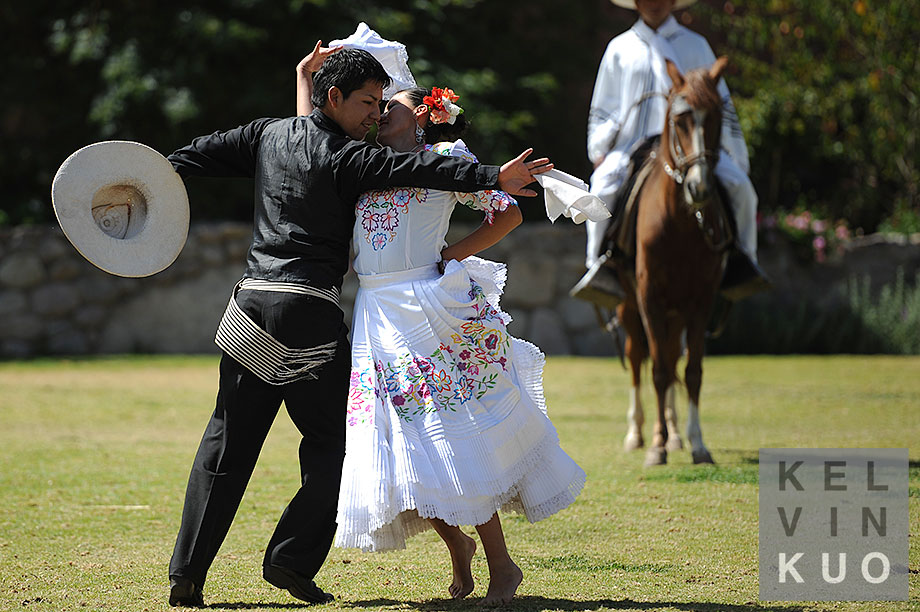
Urubamba Valley from a view point. Massive mountains that wedge the city into such a secluded area.
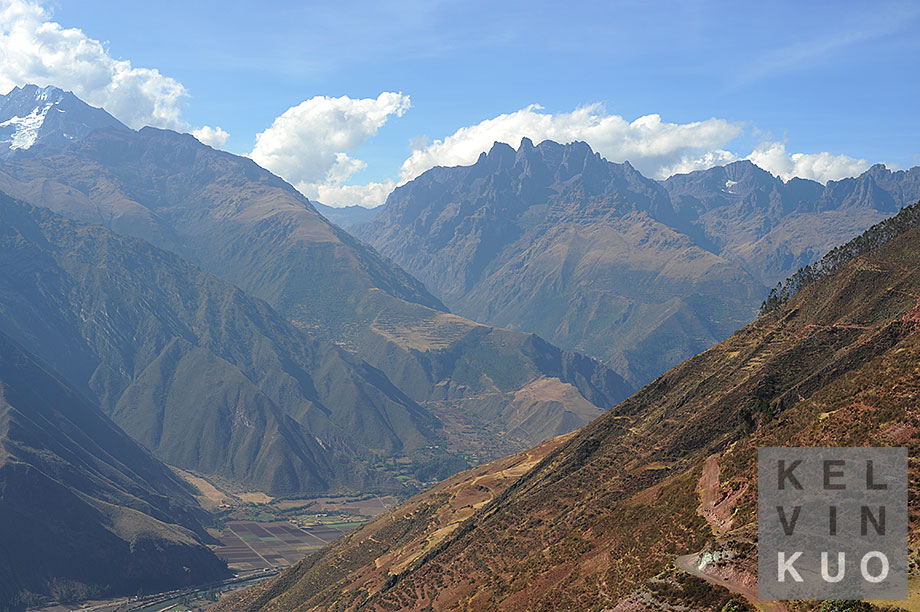
Saksaq Waman was another marvel near the city of Cusco.

Gridded for the convenience of archeologist in order to restore the way in case of a natural disaster or deterioration of the wall. But these walls have stood for centuries, with only destruction from current inhabitants stealing different pieces of the wall.
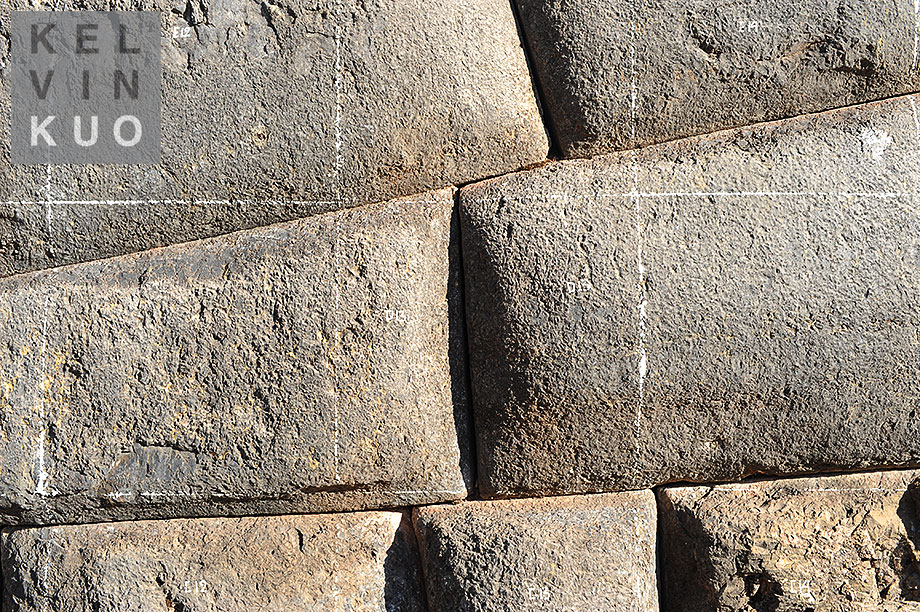

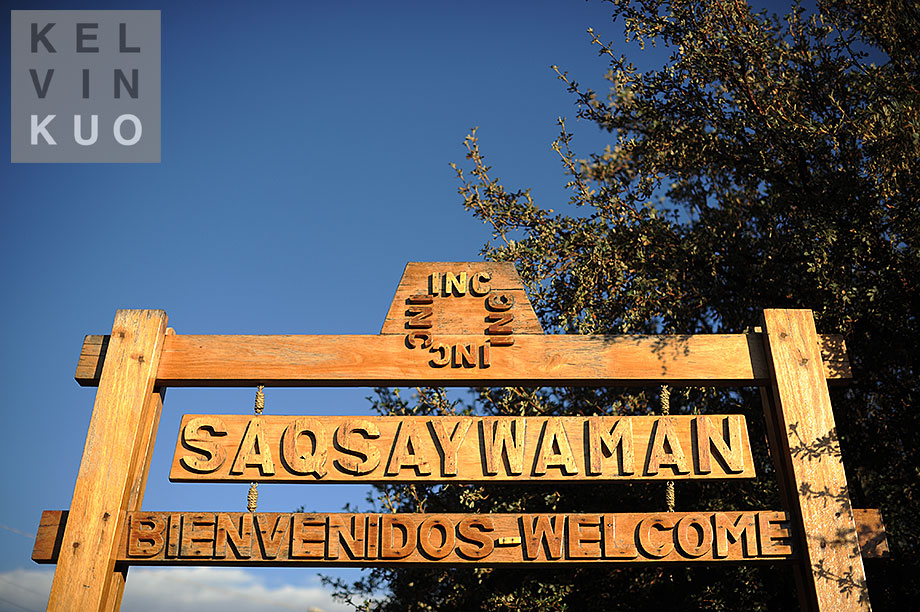
The Coricancha Temple was changed by the Spanish to hide the Inca’s walls. But an earthquake erupted and crumbled the walls covering the stones.
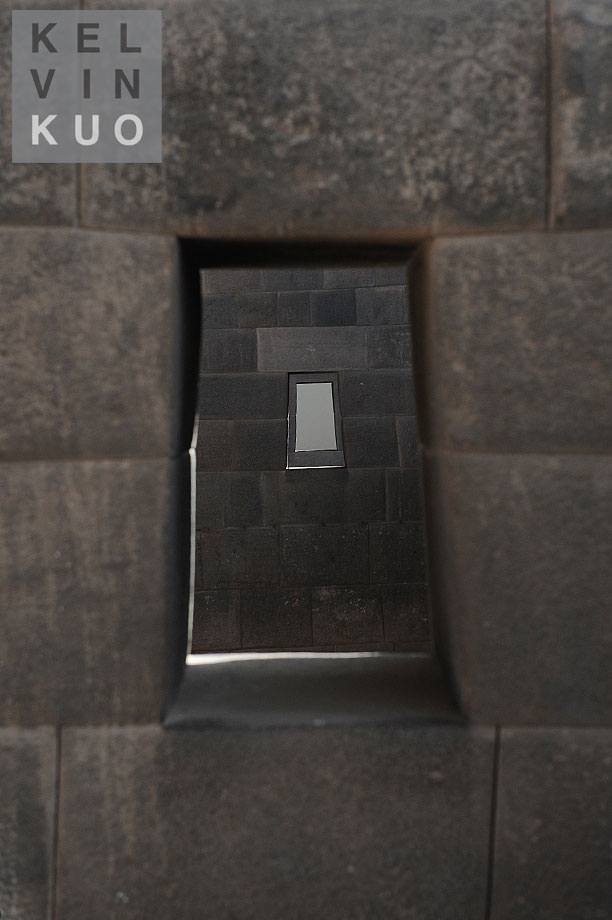
Our tour guide,

The Spanish tiles on the ceiling of the Church of Santo Domingo.
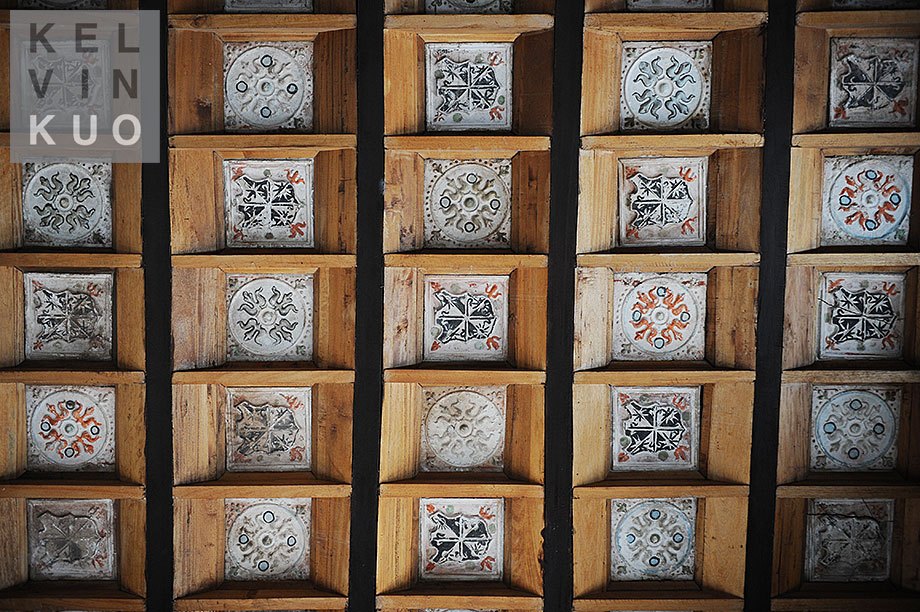
I have never seen a black bumble bee like this.
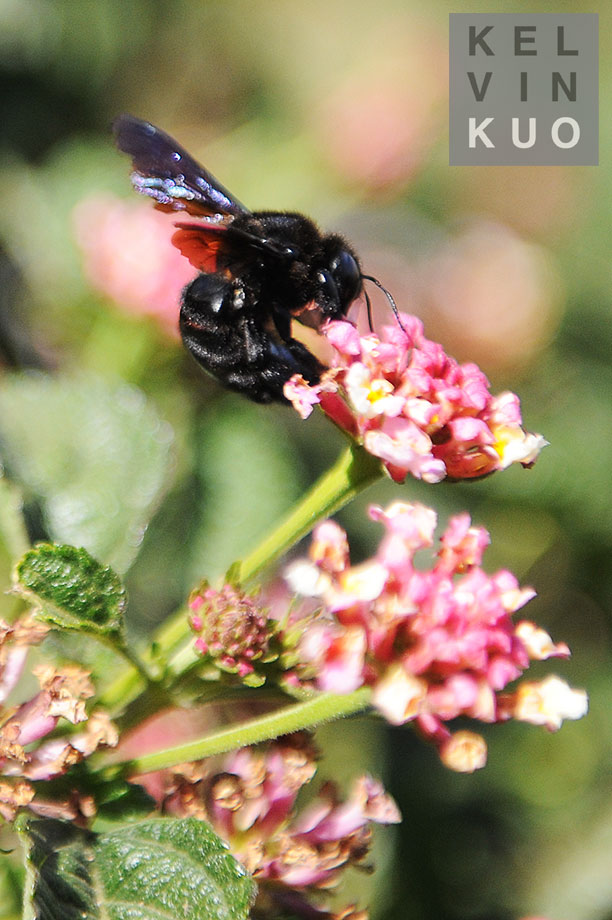
I just had to, for the yellow jackets out there.
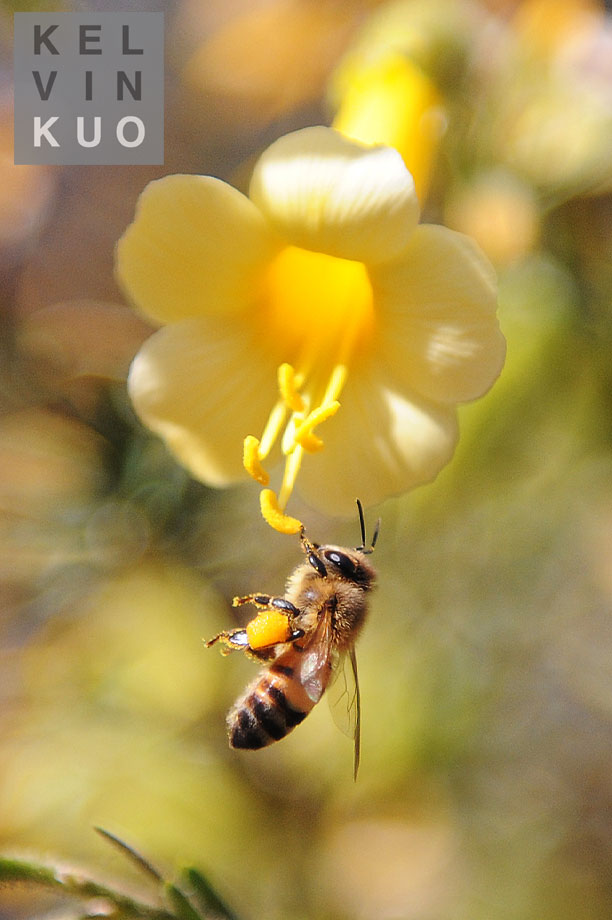
We also visited the Monasterio Santa Catalina Sena
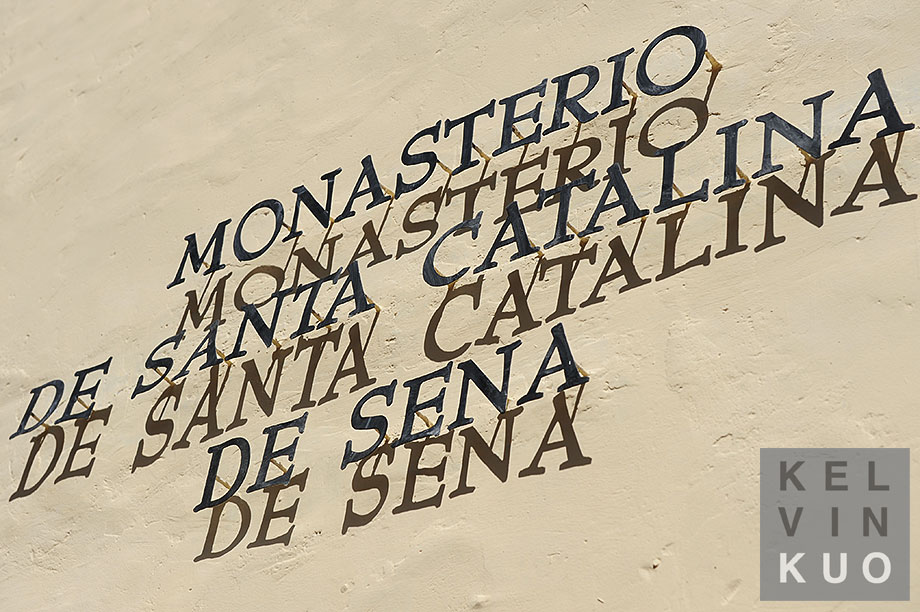
The Plaza de Armas or main square.
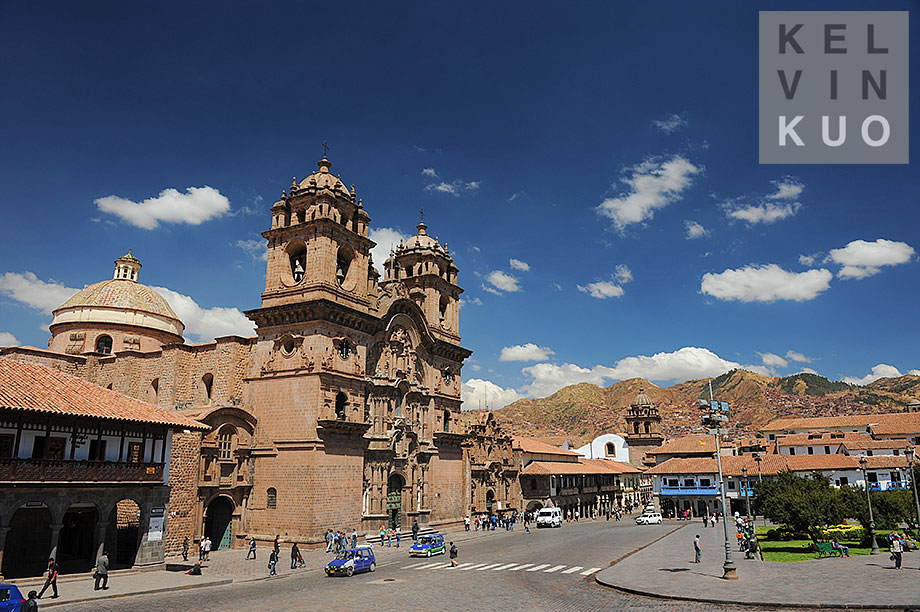
And the Cathedral of Cusco, which we were not allowed to photograph.
